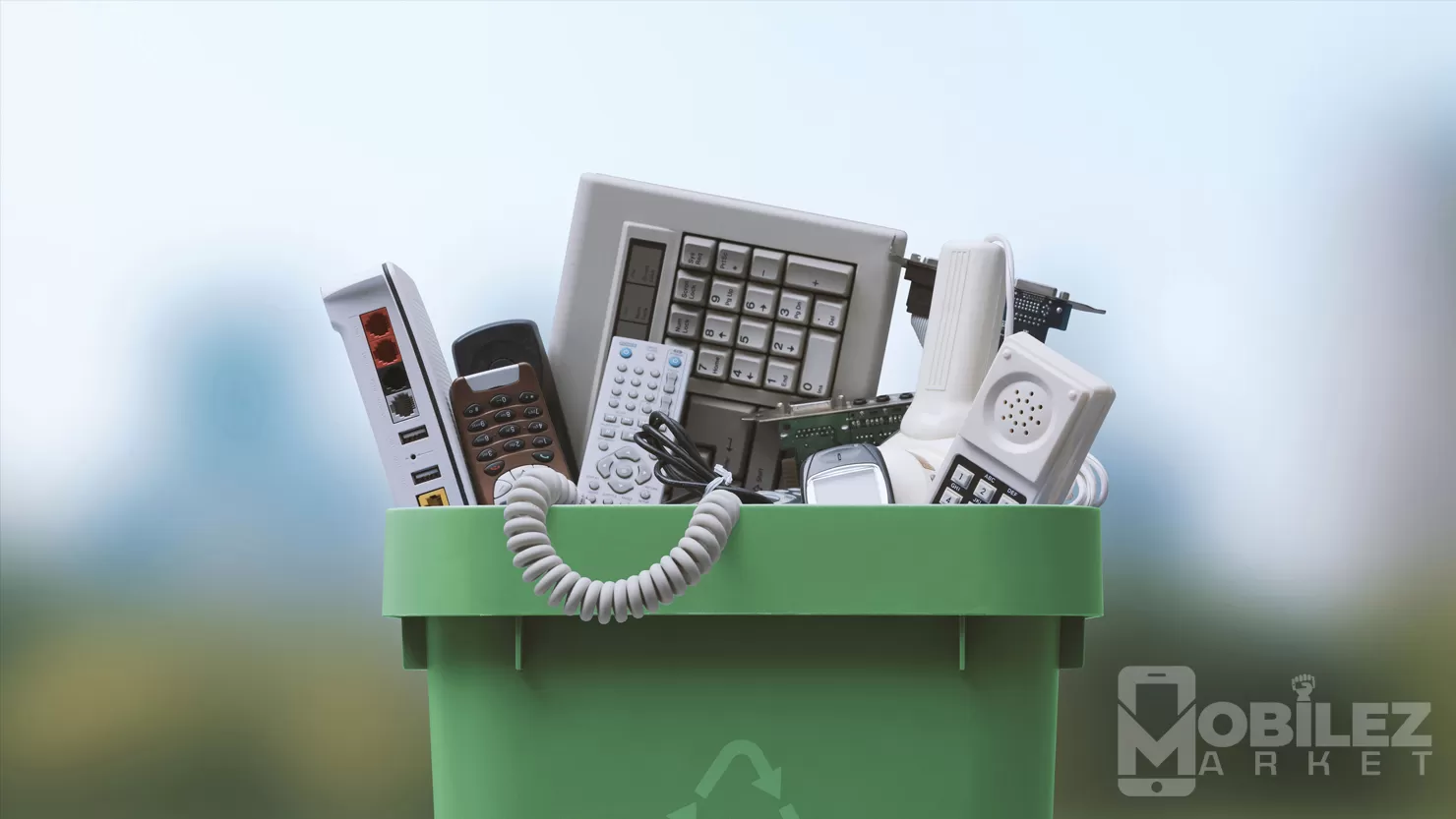The Environmental Impact of Mobile Phones | E-waste and Sustainability
Introduction:
In our increasingly digital world, mobile phones have become indispensable devices that connect us to information, communication, and entertainment. However, the rapid pace of technological advancement and the short lifecycle of mobile devices contribute to a significant environmental impact, particularly in terms of electronic waste (e-waste) generation and resource depletion. In this blog post, we'll explore the environmental impact of mobile phones, focusing on e-waste management, sustainability efforts, and the role of consumers and manufacturers in mitigating environmental harm.
Understanding E-waste and Its Impact:
- Definition of E-waste: E-waste refers to discarded electronic devices, including mobile phones, computers, tablets, and accessories, that have reached the end of their useful life or become obsolete.
- Environmental Hazards: Improper disposal of e-waste poses significant environmental hazards, as electronic devices contain toxic substances such as lead, mercury, cadmium, and brominated flame retardants, which can leach into soil and water, contaminating ecosystems and posing risks to human health.
- Growing E-waste Problem: The proliferation of mobile devices and the rapid turnover of consumer electronics contribute to the exponential growth of e-waste worldwide, exacerbating environmental degradation and resource depletion.
Challenges in E-waste Management:
- Lack of Recycling Infrastructure: Insufficient recycling infrastructure and collection systems for e-waste pose challenges in managing and recycling electronic devices, leading to improper disposal and accumulation of hazardous materials in landfills.
- Global Trade of E-waste: The global trade of e-waste, particularly to developing countries with lax regulations, exacerbates environmental pollution and health risks, as informal recycling practices often involve unsafe handling and dismantling of electronic devices.
- Planned Obsolescence: Planned obsolescence, the deliberate design of products to become obsolete or non-functional after a certain period, drives consumer demand for new devices and contributes to the rapid turnover of electronic gadgets, exacerbating e-waste generation.
Sustainable Practices and Initiatives:
- Extended Producer Responsibility (EPR): EPR policies hold manufacturers accountable for the end-of-life management of their products, encouraging them to design more durable, repairable, and recyclable devices and to take responsibility for the collection, recycling, and disposal of e-waste.
- Circular Economy Models: Adopting circular economy models promotes resource efficiency and waste reduction by maximizing product lifespan, reusing components and materials, and recycling electronic devices to recover valuable resources for manufacturing.
- E-waste Recycling Programs: Implementing e-waste recycling programs and initiatives encourages consumers to responsibly dispose of their old electronic devices through collection centers, drop-off points, or mail-in programs, diverting e-waste from landfills and supporting environmentally sound recycling practices.
- Eco-friendly Materials and Design: Incorporating eco-friendly materials, such as recycled plastics, bioplastics, and sustainable metals, in the design and manufacturing of mobile phones reduces environmental impact and supports sustainable consumption and production practices.
Consumer Awareness and Behavior:
- Responsible Consumption: Educating consumers about the environmental impact of mobile phones and encouraging responsible consumption behaviors, such as extending the lifespan of devices, opting for refurbished or eco-friendly models, and avoiding unnecessary upgrades, promotes sustainable use of electronic gadgets.
- Proper Disposal: Encouraging consumers to properly dispose of their old mobile phones through recycling programs, trade-in initiatives, or certified e-waste recyclers prevents e-waste from ending up in landfills and promotes resource recovery and recycling.
- Repair and DIY Culture: Fostering a culture of repair and do-it-yourself (DIY) electronics empowers consumers to repair, upgrade, or repurpose their mobile devices, prolonging their lifespan and reducing the need for new purchases.
Corporate Sustainability Efforts:
- Green Product Design: Mobile phone manufacturers can prioritize green product design principles, such as energy efficiency, recyclability, and minimal environmental impact, in the development and production of their devices, reducing the ecological footprint of their products.
- Supply Chain Transparency: Ensuring transparency and accountability in the supply chain, from raw material sourcing to manufacturing and distribution, enables companies to identify and address environmental and social risks associated with e-waste and resource extraction.
- Corporate Social Responsibility (CSR): Integrating environmental sustainability into corporate social responsibility initiatives, such as e-waste recycling programs, community engagement, and environmental stewardship projects, demonstrates a commitment to environmental stewardship and responsible business practices.
Conclusion:
- The environmental impact of mobile phones, particularly in terms of e-waste generation and resource depletion, underscores the urgent need for sustainable practices and initiatives across the entire product lifecycle. By adopting extended producer responsibility, promoting circular economy models, educating consumers, and implementing corporate sustainability efforts, we can mitigate the environmental impact of mobile phones and work towards a more sustainable and responsible approach to electronic consumption and waste management. Through collective action and collaboration among stakeholders, we can address the challenges of e-waste and advance towards a more sustainable future for mobile technology.


